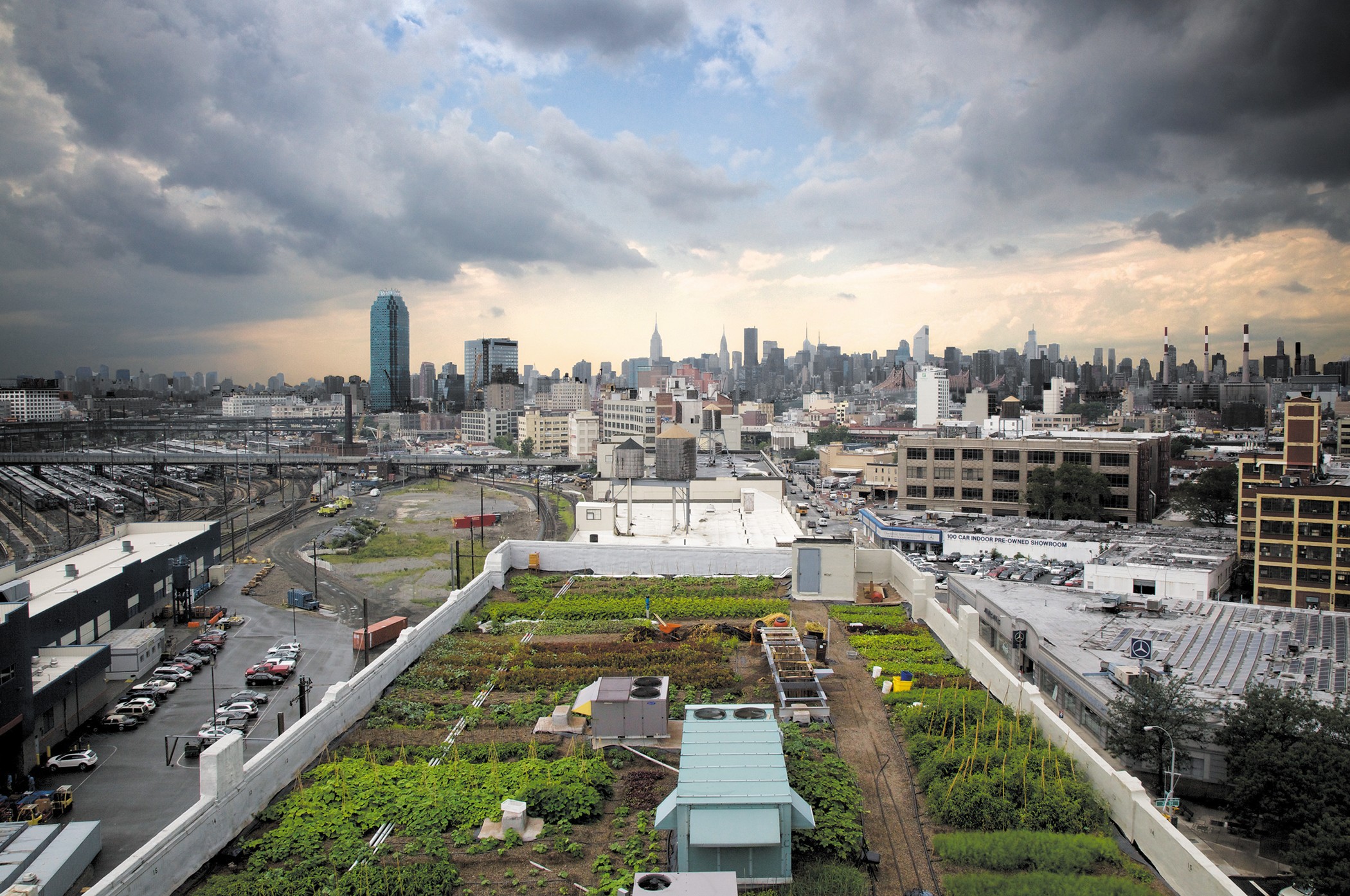The Basic Principles Of City Blooming
The Basic Principles Of City Blooming
Blog Article
The Facts About City Blooming Revealed
Table of ContentsAbout City BloomingGetting My City Blooming To Work5 Easy Facts About City Blooming DescribedThe Main Principles Of City Blooming City Blooming Fundamentals Explained
Fascinated in growing food offer for sale in the City of Chicago? Thinking regarding starting a neighborhood yard? Modifications to the Chicago Zoning Ordinance enable farming uses like community gardens and urban ranches in many parts of the city. Below is a checklist of often asked inquiries regarding the regulations and policies that cultivators need to take into consideration when planning an urban agriculture project.
The zoning modification does not customize any kind of other codes dealing with composting, building authorizations, purchasing or leasing City possessed residential or commercial property, service licenses or environmental contamination. There are existing codes that control these concerns and they remain completely effect and may apply to your task. Neighborhood yards are normally possessed or managed by public entities, civic companies or community-based companies and maintained by volunteers.
Urban farms expand food that is intended to be sold, either on a nonprofit or for-profit basis. Because of their business objective, city ranches require a company license. Yes. A neighborhood garden is permitted to offer surplus generate that was expanded on site if the sales are accessory or subordinate to the garden's key purpose explained above.
City Blooming Things To Know Before You Get This
The quantity of garden compost material can not surpass 25 cubic backyards at any offered time according to the criteria in 7-28-715 of the City's Municipal Code. Due to the fact that the soil at most brand-new yard sites requires amending, compost, dirt, wood chips, or various other materials can be gotten to construct or boost the growing room.

If a structure authorization is called for after that the hoophouse will certainly be considered an accessory building. You can discover out more about the structure permit requirements by speaking to the Division of Structures. The 25,000-square-foot dimension restriction is intended to stop a solitary community yard from dominating an offered block or interfering with the block's existing property or industrial personality.
The limit does not relate to gardens situated in Public Open Area (POS) districts. Can there be more than one area yard that is 25,000 square feet on a single block? Yes. The dimension restriction relates to specific yards, not to individual blocks. No. Fencing is not needed, however, gardens that have large parking locations might be required to set up fence or other landscaping attributes.
Not known Facts About City Blooming
B1 & B2 districts need that all business usage tasks be performed inside. R areas limit industrial task. The guidelines mirror the function and intent of the Zoning Code. Is fence needed for metropolitan ranches? Yes. Fences might be required, along with landscaping and testing, for sure parking lot and outside job or storage space locations depending upon place and the particular activity taking location.
Urban ranches require structure permits and zoning approvals prior to construction (fruit and vegtables). Other types of city review may be needed depending on specific frameworks, activities, size, landscape design, licensing, public health and stormwater management concerns.
The Department of Organization Affairs and Customer Security can help establish the specific type of service certificate that's required. Off road car parking is needed for the majority of business jobs in Chicago. The needed number of parking spaces is based on the number of employees working on website and not the square footage of the growing room.
Not known Factual Statements About City Blooming

Yes. A city ranch can offer compost material produced on website, nonetheless, the procedure must follow the laws in 7-28-715 of the Chicago Municipal Code. Yes. Aquaponic systems are permitted inside your home on city farms in lots of zoning areas. A zoning evaluation and building authorization is needed in order to install structures or systems and a business permit is called for as explained above.
As much as five hives or nests of honey bees may be kept as an accessory usage. Beekeepers must sign up with the Illinois Department of Farming. For additional information regarding the suggested zoning change you might speak to the Division of Real Estate and Economic Development, Bureau of Planning and Zoning at 312.744.8563.
, which takes location in country locations at the edge of suburbs.
Not known Factual Statements About City Blooming
, who look for to develop social networks established on a common values of nature and area holism. These networks can develop by way of official institutional assistance, coming to be integrated into local community preparation as a "shift town" activity resource for sustainable urban development.
Some of the initial proof of city agriculture comes from Mesopotamia.
Report this page